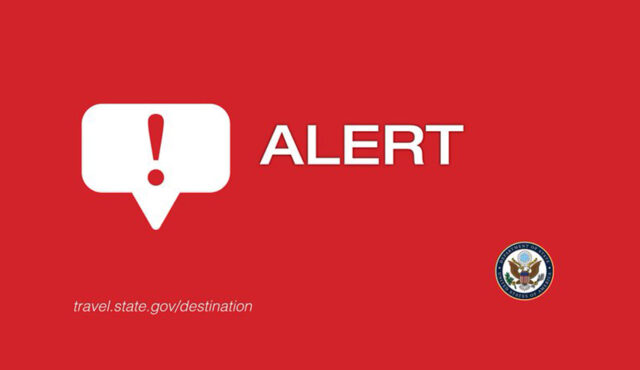The United States (US) government has issued a travel advisory for US citizens in India advising them to leave India as soon as possible. The US Centers for Disease Control and Prevention (CDC) has issued a Level 4 Travel Health Notice and the US Department of State has issued a Level 4 Travel Advisory. The travel advisory issued by the Department of State is of the highest level.
The situation in India has worsened due the recent wave of COVID-19 pandemic. The patients in India are struggling for treatment and essential medicines in hospitals.
The advisory posted on the website of the US Embassy and Consulates in India on 28 April 2021 reads, “U.S. citizens are reporting being denied admittance to hospitals in some cities due to a lack of space.”
“New cases and deaths from COVID-19 have risen sharply throughout India to record levels. COVID-19 testing infrastructure is reportedly constrained in many locations. Hospitals are reporting shortages of supplies, oxygen, and beds for both COVID-19 and non-COVID-19 related patients,” reads the advisory.
The worsening situation in India has prompted several countries to temporarily ban travellers from India.
The US has pledged assistance to India and the first flights with the US assistance will start arriving in India from 29 April 2021. As per the White House, the US is delivering supplies worth more than $100 million to India.
“Just as India sent assistance to the United States when our hospitals were strained early in the pandemic, the United States is determined to help India in its time of need,” said the fact sheet released from White House.
The US is supplying oxygen cylinders, oxygen concentrators, Oxygen Generation Units (PSA Systems), Personal Protective Equipment (PPE), Vaccine-Manufacturing Supplies for over 20 million doses, 1 million Rapid Diagnostic Tests (RDTs), and over 20,000 treatment courses of the antiviral drug remdesivir.
The US has also pledged to provide public health assistance. The US CDC experts will work with India’s experts and assist them in laboratory, surveillance and epidemiology, bioinformatics for genomic sequencing and modeling, infection prevention and control, vaccine rollout, and risk communication.









